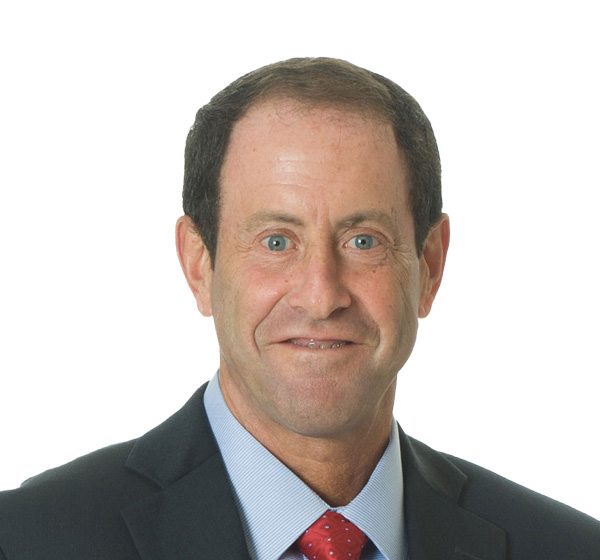Financial Management
Building Resilience Helps Firms Prepare For Tariffs’ Potential Risks, Uncertainties
Building Resilience Helps Firms Prepare For Tariffs’ Potential Risks, Uncertainties
By PHILLIP ROSS, CPA, CGMA, PARTNER
Construction companies are now contending with new disruptive forces of shifting trade policies, price volatility and other risks that are the result of new and increased tariffs on imported construction materials. Though no one can predict the next round of tariffs or when they’ll hit, contractors can take strategic steps now to mitigate their impact.
The key is preparation. By evaluating material sourcing, rethinking contract contingencies and staying informed on regulatory developments, construction firms may be better equipped to deal with unpredictable market conditions.
Companies should start by identifying which materials in their procurement mix are most likely to be affected by tariffs. They should take a close look at the origin and pricing of a firm’s core materials, especially steel, aluminum and electrical components. Collaborate with your estimating and purchasing teams to determine how much of your current and upcoming projects depend on imported goods or price-sensitive materials. This can help you anticipate which parts of your pipeline are at the greatest risk if costs suddenly spike.

Use this insight to run basic scenario planning models: best- and worst-case material price increases and assess how your margins, cash flow and delivery schedules could be impacted. Think of this as a risk filter: Where would the pain points be and how would your team respond?
Diversifying your supplier relationships is another essential step. Firms should look into sourcing materials from domestic or non-tariffed regions and not rely too heavily on any single vendor. Where possible, consider long-term pricing agreements that can lock in today’s rates and offer a hedge against future volatility.
When feasible, firms can also mitigate tariff risk by purchasing key materials in advance, especially if they’re aware of potential cost increases on the horizon. This “buy and hold” approach requires adequate storage facilities and comes with a cost as well, but it can offer price protection and reduce exposure to sudden spikes.
However, pricing strategy extends beyond procurement. It’s equally important to revisit how you approach bids and contracts. Can your pricing absorb short-term increases, or are you exposing your firm to margin erosion? Build in reasonable contingencies to account for potential cost fluctuations and disclose that possibility clearly to the client. Early transparency helps to potentially minimize disputes and fosters greater trust.
Also, consider what’s included in your client contracts, subcontractor contracts and vendor agreements. Work with legal counsel to assess if your contracts allow for price adjustments or renegotiations in the event of unexpected increases due to tariffs. This should also apply to any new contracts in the pipeline, not just adjustments to current agreements. Clarifying these terms in advance could save costs and stress (and legal bills) down the line.
Tariffs and trade policies can shift quickly, sometimes with little warning. Construction leaders should monitor trade developments regularly and pay attention to new proposals or regulatory actions that could affect key building materials. Industry associations can be powerful allies here, offering updates, policy analysis and collective advocacy on behalf of the construction sector.
Internally, having a clear understanding of how regulatory changes might impact your bottom line can guide more agile decision-making. Firms should evaluate how potential tariff shifts could affect project economics before they become reality. At the end of the day, construction companies can’t control global trade policy, but they can control how prepared they are to respond. That preparation starts with understanding material exposure, adapting your bidding and contract practices, knowing what is included in your contracts and staying closely connected to supply chain and policy developments.
In a world where pricing and policy can change overnight, resilience isn’t built reactively—it’s designed into the way your business plans, negotiates and operates. Don’t wait for tariffs to make headlines again. Prepare now, so that when the unexpected arrives, you’re already ahead of it.
About the author: Phillip Ross, CPA, CGMA is an Accounting and Audit Partner and Chair of the Construction Industry Group at Anchin, Block & Anchin, LLP. For more construction industry thought leadership and content, log on to www.anchin.com.
Published: May 15, 2025.
